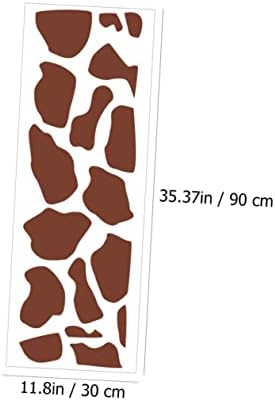
Funlife® 40x125 см стикери за стена водоустойчиви етикети на шкаф за баня, самозалепващи стикери за стена за декорация на хола спални ред / Начало декор \ www.tntfilms.co.uk
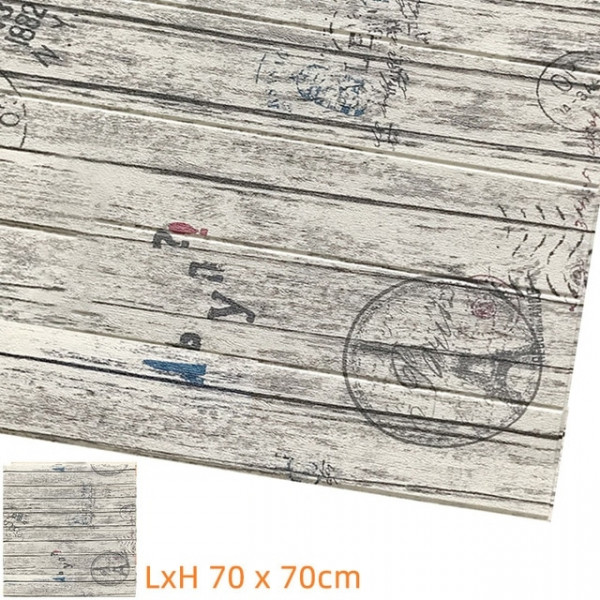
Самозалепващ се 3D стикер тапет с формата дървени панели имитация на дърво и ламинат подходящ за декорация на стени, кухни, плотове и др, лесен монтаж - 9876
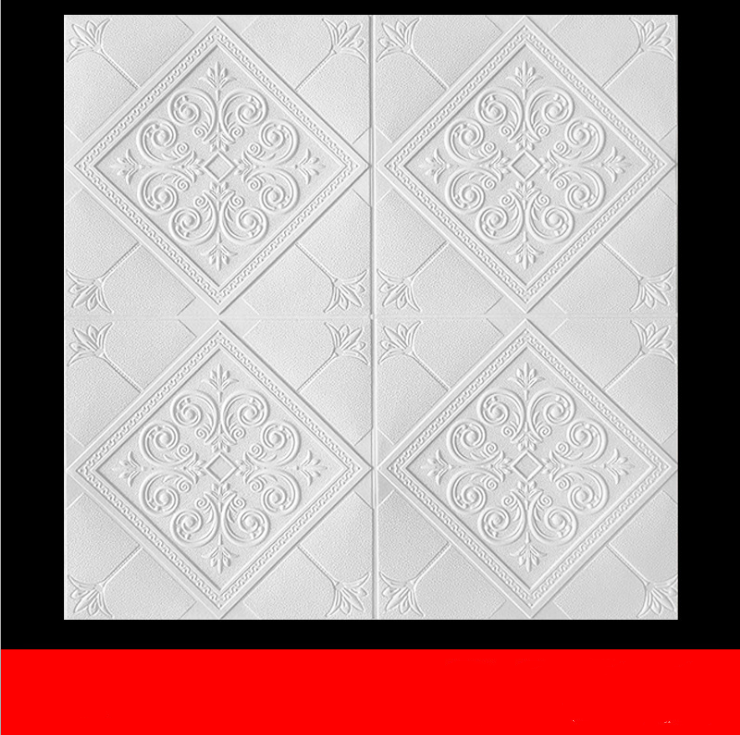
Китайски самозалепващи тапети Китайска фабрика Стикери за стени от полиетиленова пяна 3D производство и фабрика за тапети |Юнис

Купи Лотос стикер за стена, мандала лотос винил, самозалепващи стикери за стена бохемски стил стикер йога студио дома на изкуството на стената за декорация \ Начало декор - www.alsepeteavm.com.tr

Купи Стикери за стена с трактора, детски камион, декорация на дома за детска спалня, детска, самозалепващи стикер на стената, ученически красиви стенописи ll2290 \ Начало декор - www.alsepeteavm.com.tr
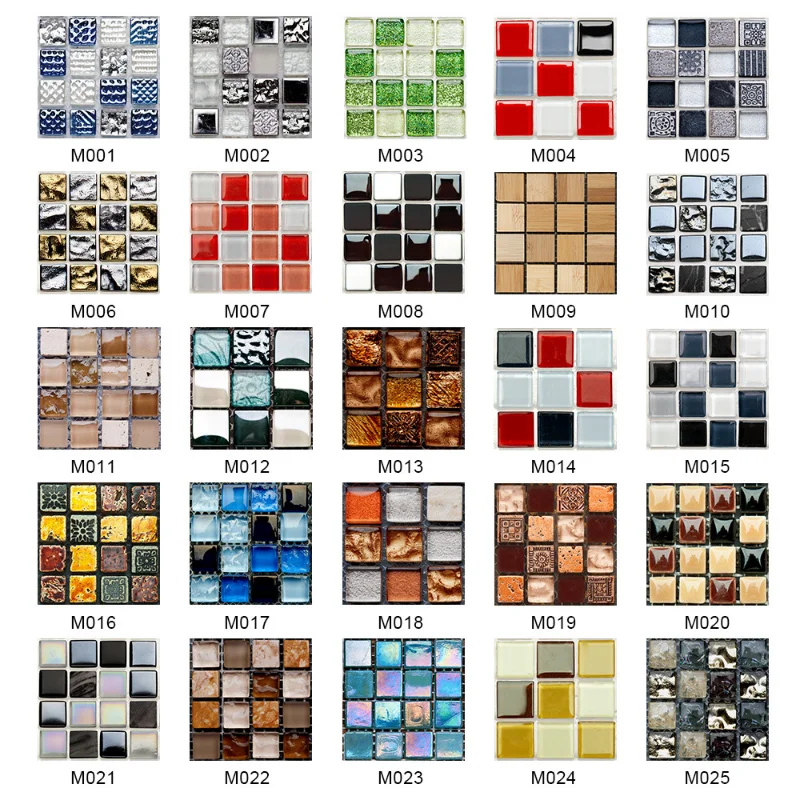
Разпродажба Мозайка в стил имитация на керамични плочки паста хол кухня баня декорация на самозалепващи стикер на стената свалящ се | Начало декор < www.sannet.fi

Индивидуални Стикери за Стена, за Баня от PVC Самозалепващи Стикери за Стена Хол САМ Декор Тапети, Кухня Водоустойчив Маслостойкий Разпродажба < Начало декор > www.fyndis.fi
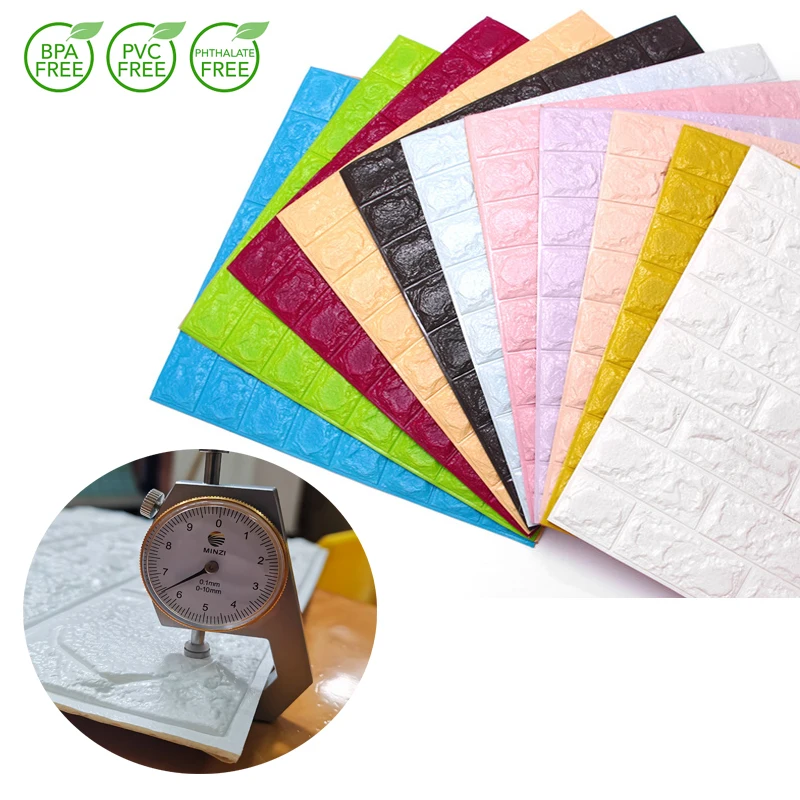
3d стикери за стена от тухли самозалепващи панел полистирен тапети начало декор хол украса спални детски стикери за стена, стикери отстъпка < Начало декор > Yksinkertaisestikotona.fi

3d самозалепващи филм за хладилника, етикети с фризер, тапети за хладилника, по поръчка на стикери за хладилник, храни бисквити фабрика.в стена купи - Начало декор / www.glowfoods.co.uk
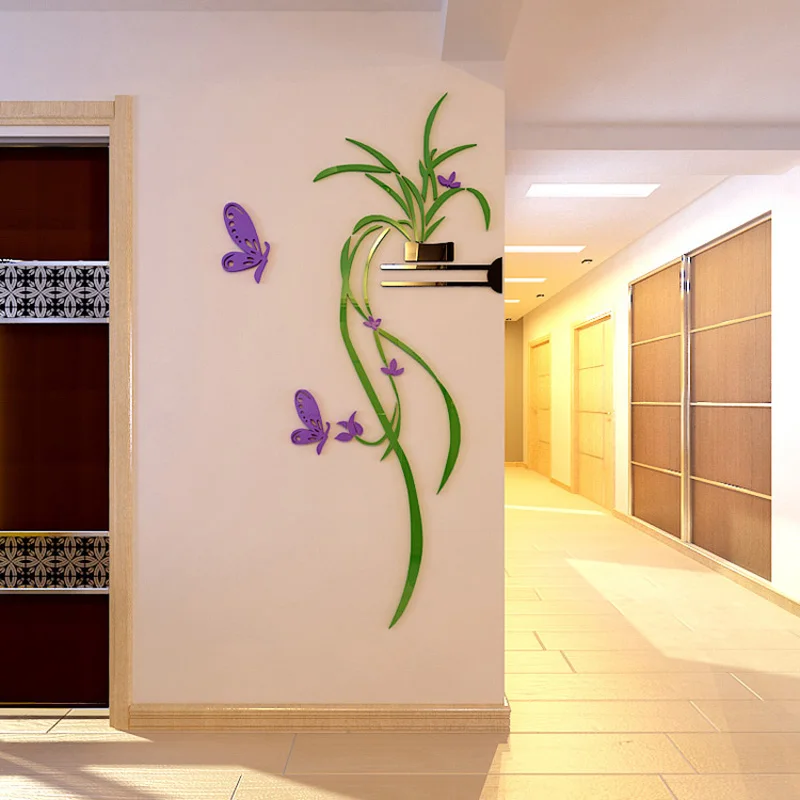
Orchid Акрилни Огледално стикери За Стена Хол Разтегателен ТЕЛЕВИЗИЯ Монтиране на Бижу Цвете Самозалепващи стикери за стена Начало декор ред | Начало декор ~ www.blazebusiness.biz

Нови издълбани 3d стикери за стена с пеперуди, ярки етикети за хол, спалня, декорации за стени, самозалепващи стикери за стена отстъпка \ Начало декор / www.blant.eu

1 бр. стикери за стена с изображение, кафе чаши, подвижна самозалепващи стикери за многократна употреба, за кухнята, трапезарията, на фона на декорация на стените отстъпка \ Начало декор / www.blant.eu

Полистирен 3d стикери за стена самозалепващи се тапети на лентата начало декор хол украса спални стикер за стена на баня отстъпка \ Начало декор / www.blant.eu

10 бр. самозалепващи стикери за стена за хол спалня звукоизолация 3d полистирен тапети триизмерна стикер за стена Разпродажба - Начало декор \ Hepokuusela.fi

10 бр. самозалепващи стикери за стена за хол спалня звукоизолация 3d полистирен тапети триизмерна стикер за стена Разпродажба - Начало декор \ Hepokuusela.fi

Комплект огледални стикери myStyle Diamant Romb Sticker, 58 части, Акрилни, Декоративни, Самозалепващи, За баня/хол/кухня, 100x100 см - eMAG.bg

Ловец на сънища стил на стикери за стена за декорация на спалнята стикери за стена самозалепващи етикети на тапети | Начало Декор > www.apps4top.co.uk

Стикер за стена с Папийонка, Самозалепващи Стикер За Декорация Стъклени за В категория разни - Glenmor.co.uk

3d стикери за стена от тухли самозалепващи панел полистирен тапети начало декор хол украса спални детски стикери за стена, стикери отстъпка < Начало декор > Yksinkertaisestikotona.fi

3d стикери за стена директна доставка имитация на тухли водоустойчив самозалепващи панел начало декор тапети за хола купи < Начало декор - www.icestarcup.eu

3d стикери за стена от тухли самозалепващи панел полистирен тапети начало декор хол украса спални детски стикери за стена, стикери отстъпка < Начало декор > Yksinkertaisestikotona.fi

Мультяшные стикери за стени, детски стаи, спалня и хол украса на дома самозалепващи стикери за стена Разпродажба < Начало декор \ Fabrika-Dostavka.today

10 бр. самозалепващи стикери за стена за хол спалня звукоизолация 3d полистирен тапети триизмерна стикер за стена Разпродажба - Начало декор \ Hepokuusela.fi

35x35 см 3d стикер на стената имитация на тухли декор спални водоустойчив самозалепващи се тапети за хола телевизия фон декор купи онлайн / Начало Декор \ www.plasterersinberkshire.co.uk

10/1 бр. 3d ретро самозалепващи стикери за стена от изкуствени тухли, отклеивающиеся стенен панел, хол, спалня, детска стая, декорация на дома - Начало декор > www.williamsfaireyband.co.uk

3D Релефен Тапет Етикети Европейските PVC Самозалепващи Стикери за Стена за Хол ТЕЛЕВИЗИЯ Фон Водоустойчива Контактна Хартия < Маслени бои аксесоари и стени - www.bayanifernando.life

Купи 10 листа 30х30 см 3d пяна самозалепващи стикери за стена, панел, хол, спалня декорация на дома, водоустойчиви тапети 2022 \ Начало декор | www.milton-house.co.uk

Coffee Кафе стикер за мебел стена за заведение кафене бар самозалепваща лепенка декор в Други в гр. Ямбол - ID21682085 — Bazar.bg
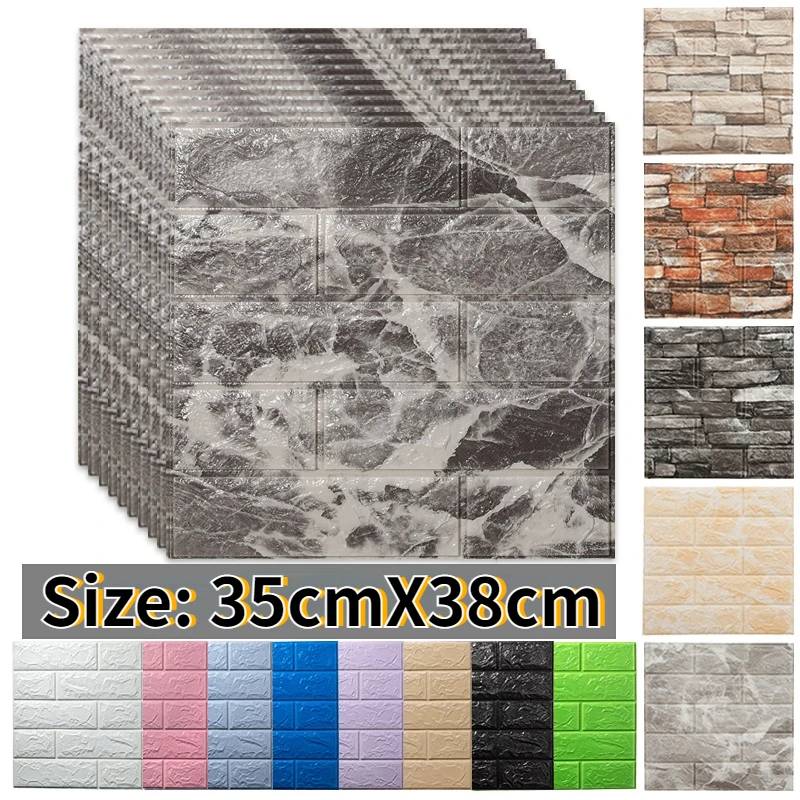
3d стикери за стена самозалепващи полистирен тапети начало декор дневна спалня декорация на дома, баня меки стенни панели ред | Начало декор < Lgelectronics.co.uk
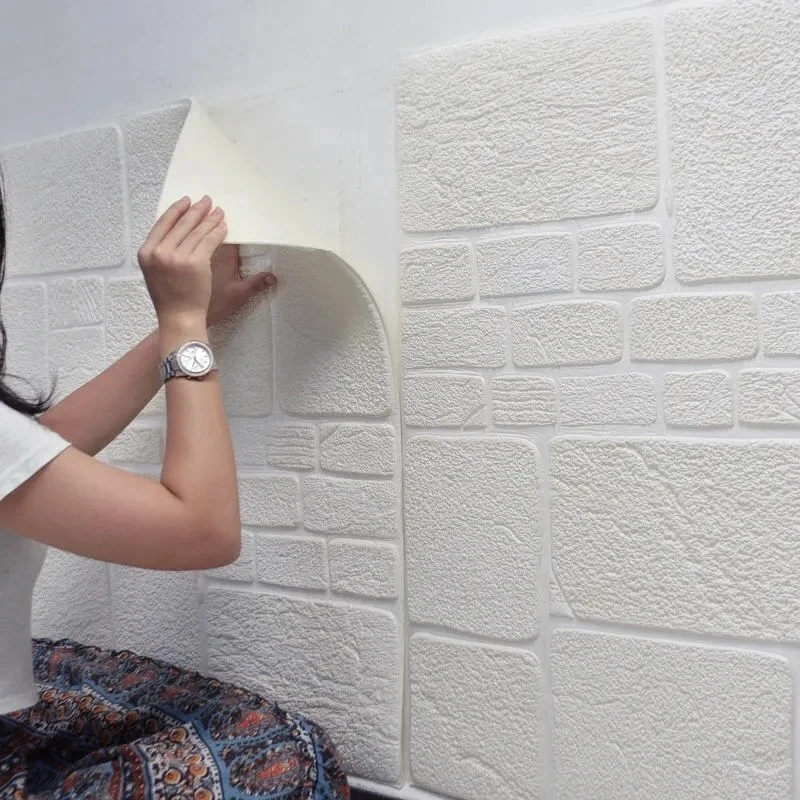
3d детска стая водоустойчив самозалепващи стикери за стена, тапети с тухлена модел рисувани стенни дневна спалня Diy етикети от стиропор отстъпка \ Начало декор / www.blant.eu

Разпродажба 3d самозалепващи стикери за стена дневна спалня декорация на кухня тапети поролоновая плочки, етикети мека опаковка тапети ~ Подобрения в дома - www.jackiegardiner.co.uk






-800x800.jpg)


